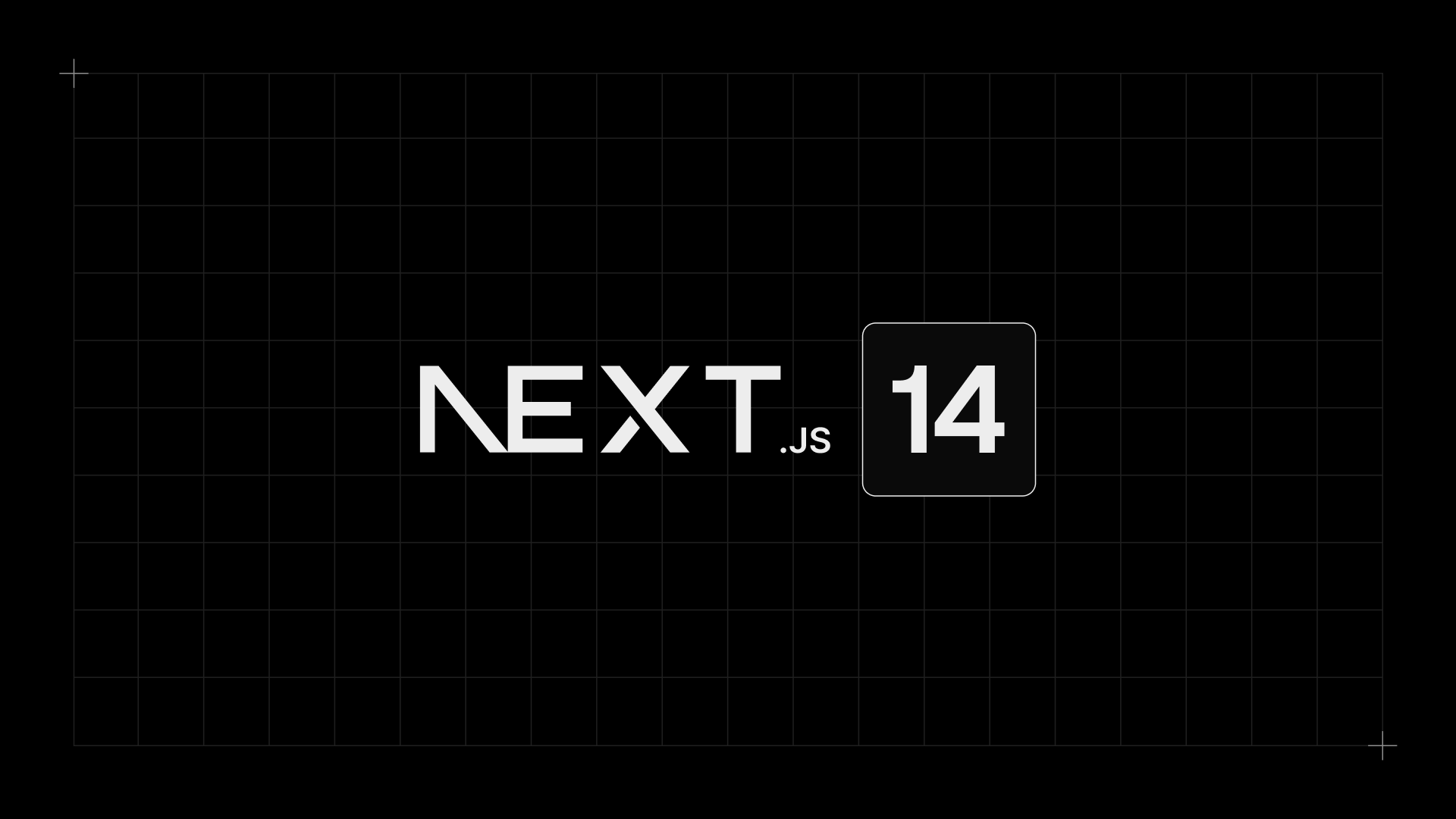The Future of Modern Web Development
Explore the trends shaping the future of the web and how to prepare for them.

The web is evolving at lightning speed. Performance, scalability, and user expectations are pushing frameworks to innovate beyond traditional boundaries. Next.js 14is not just another version—it’s a framework that redefines modern web development. From smaller startups to global enterprises, developers are discovering new ways to build fast, interactive, and scalable applications.
1. A Developer Experience That Feels Magical
Next.js 14 isn’t just about features—it’s about workflow. Automatic routing, TypeScript support, and smart defaults reduce cognitive load. Developers can focus on building, not configuring.
The framework anticipates your needs: prefetching routes, automatic code splitting, and optimized server rendering mean your apps feel fast out of the box.
2. Server Actions: Simplifying Backend Calls
Traditionally, every small UI interaction required a full API setup. With Server Actions, you can now securely execute server-side logic directly from components. Less boilerplate, more clarity, and better security.
1'use server'
2
3 export async function saveMessage(message: string) {
4 await db.message.create({ data: { text: message } })
5 }This approach encourages clean, maintainable code while keeping user interactions fast and secure.
3. Streaming UI with React Server Components
Gone are the days of waiting for the entire page to load. With streaming, content appears progressively, improving perceived performance and reducing frustration.
1export default async function Page() {
2 const res = await fetch('https://api.example.com/posts', { cache: 'no-store' })
3 const posts = await res.json()
4
5 return (
6 <ul>
7 {posts.map(post => <li key={post.id}>{post.title}</li>)}
8 </ul>
9 )
10 }Users see meaningful content instantly, creating a smoother, more interactive experience.
4. Turbopack: Blazing Fast Builds
Written in Rust, Turbopack ensures lightning-fast builds and hot reloads. Even large codebases feel snappy, enabling teams to iterate faster and deliver features sooner.
5. Edge Runtime: Deploy Anywhere
Running close to your users has never been easier. With the Edge Runtime, your applications respond instantly, whether users are in Tokyo, São Paulo, or Berlin.
1export const runtime = 'edge'
2
3 export async function GET() {
4 return new Response(JSON.stringify({ hello: 'world' }))
5 }This global approach dramatically improves latency-sensitive features like real-time updates.
6. Built for AI and Modern Workflows
AI-powered applications are the future. Next.js 14 integrates seamlessly with AI APIs, vector databases, and real-time pipelines. From personalized recommendations to intelligent dashboards, the framework supports modern, data-driven experiences effortlessly.
7. Future-Proof Architecture
Next.js 14 balances client and server rendering, embraces React innovations, and leverages the edge. It’s a framework designed to evolve with the web, making it one of the most future-proof choices for developers today.
Final Thoughts
Next.js 14 is more than a tool—it’s an ecosystem for building intelligent, high-performance applications. Speed, scalability, and developer happiness come together, making it the framework of choice for ambitious projects in 2025 and beyond.